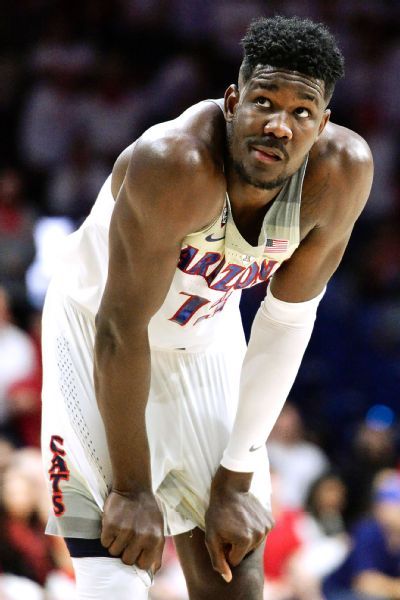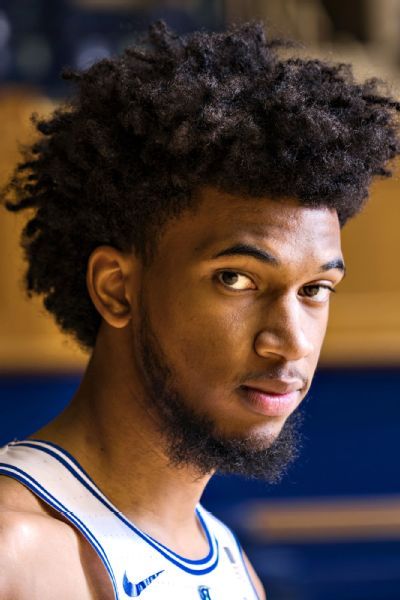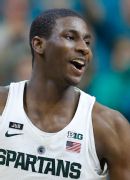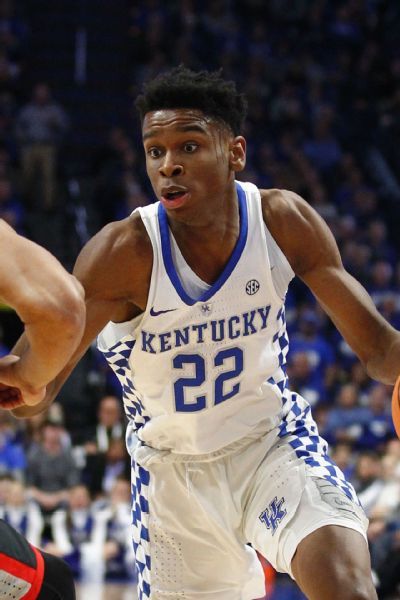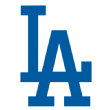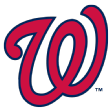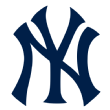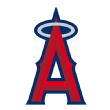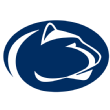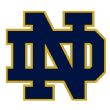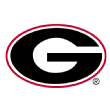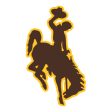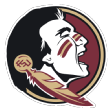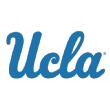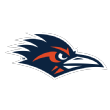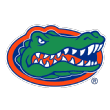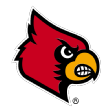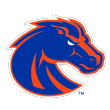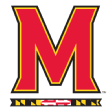Defenses
1. Angels: Shortstop
Andrelton Simmons, catcher
Martin Maldonado and center fielder
Mike Trout comprise the backbone, flanked by
Ian Kinsler,
Zack Cozart and others.
2. Cubs: There is reason for them to expect a bounce-back season from
Addison Russell, and Almora will get more time in center.
3. Dodgers: They excel in defensive positioning.
4. Indians: They’ve got three great glove men in
Francisco Lindor,
Jose Ramirez and
Bradley Zimmer.
5. Tampa Bay Rays: They led MLB in Defensive Runs Saved last season, but the trade of
Evan Longoria will hurt.
6. Cardinals: The switch of Pham to center and the addition of Ozuna will help.
7. Brewers: This is the year shortstop
Orlando Arcia climbs into the imagination of casual fans.
8. Rockies: Their infield defense is awesome on its best days.
9. Yankees: No matter whom Aaron Boone positions in the outfield, he has great options. Improvement is needed from
Gary Sanchez.
10. Red Sox: If the Red Sox keep
Jackie Bradley Jr., their outfield defense will be the best -- again.
Buster Olney's top 10 teams: Are the Astros and Dodgers still baseball's best?
Postseason performances have outsize value in major league baseball, and this is why
David Freese shares emotional space with Bob Gibson in St. Louis, why several generations of New Englanders can deftly imitate Carlton Fisk’s frantic wave of a baseball, and why Kirk Gibson is better known for a fist pump than for his lifetime average.
The executives who run front offices should divorce themselves from that romanticism of October and November results and instead be wedded to the large sample size, before those nights when
Brad Peacock and
Charlie Morton were the best pitchers in baseball. And for the sake of ranking the best teams, we should probably do that too, giving greater weight to what was accomplished April through September.
With that in mind, here are the top 10 teams, based on the input of evaluators, with help from ESPN researchers Mark Simon, Paul Hembekides and Sarah Langs. It’s subject to change before the start of spring training, of course, with so many veteran free agents still unsigned.
1. Cleveland Indians
It’s important to remember a couple of things about the Indians:
(1) When the regular season ended, before anybody knew that
Corey Kluber would pitch hurt against the Yankees, Cleveland was regarded as the favorite to roll through the postseason, after compiling a 22-game win streak that stretched over the better part of a month.
(2) Among all contending teams, the Indians again appear to have the easiest road into the playoffs because most of their division is rebuilding -- the Tigers, the White Sox and the Royals.
So while it’s true the Indians lost really important bullpen pieces in
Bryan Shaw and
Joe Smith and solid hitters in
Carlos Santana and
Jay Bruce, Cleveland is still the safest bet to get to October -- with
Francisco Lindor,
Jose Ramirez, Kluber,
Carlos Carrasco,
Andrew Miller, et al. It’s a great team in a division that may be noncompetitive. The Indians have been relatively quiet this winter so far, but they’re still in the market for a right-handed-hitting outfielder or super-utility man --
Eduardo Nunez might be the perfect fit -- and a right-handed reliever.
From Sarah Langs of ESPN Stats & Information: The Indians generated 33.3 WAR from their pitchers in 2017, the second-highest total from any pitching staff ever (2011 Phillies, 37.3).
2. Los Angeles Dodgers
The Dodgers were baseball’s best team for most of last summer and came within one game of winning the World Series, and while the ghosts of 1988 -- the Dodgers’ last championship team -- still hover over the franchise, no one could rationally cast 2017 as a failure. The Dodgers got younger with the ascendance of
Cody Bellinger and the emergence of 27-year-old
Chris Taylor, they got better, and they have the deepest roster in baseball. The great X-factor will continue to be the health of ace
Clayton Kershaw, because their rotation looks very different without him.
3. Houston Astros
A rival evaluator followed the Astros through most of October last year, preparing scouting reports for his own team, and he walked away believing that Houston’s lineup has more athleticism -- more pure talent -- than any lineup he has seen in the last decade.
Jose Altuve,
George Springer,
Carlos Correa and
Alex Bregman could all be top-three talents at their respective positions, and the others around them are all solid, productive players.
Houston owner Jim Crane, a driving force behind the acquisition of
Justin Verlander in August, told reporters earlier this week that his team is pushing for a front-line starting pitcher. The Astros have talked with
Yu Darvish, and as of Thursday, executives involved in the
Gerrit Cole discussions still believe that Houston could be the front-runner to get the Pittsburgh right-hander -- and he may really be needed.
Dallas Keuchel is coming back from a foot injury, amid some uncertainty about his status. If he’s good to go, then a rotation of Keuchel, Justin Verlander, Cole,
Lance McCullers Jr. and Charlie Morton would be awesome; if not, Houston would still have a more than solid group of starters in front of a good bullpen.
From Langs: The Astros racked up 39.8 WAR from position players in 2017; that’s the sixth most ever by a World Series champ and most since the 1976 Reds produced 43.7 WAR from position players.
4. Washington Nationals
The rotation is fronted by two of the best pitchers in baseball, and the dynamic lineup could be even better now that
Adam Eaton is back from his season-ending knee injury and
Trea Turner and
Michael Taylor are a year older. Most important, the Nationals seem to have their bullpen in order -- maybe the best group of relievers in Mike Rizzo’s time as general manager, with
Sean Doolittle,
Ryan Madson,
Brandon Kintzler,
Koda Glover,
Shawn Kelley, et al.
5. New York Yankees
The Yankees still need to identify starters at half of their infield spots, and general manager Brian Cashman acknowledged Thursday that his team remains in the running for Darvish -- perhaps as a long shot because of self-imposed payroll limitations. But even with those gaps in the roster, the Yankees have the best and deepest bullpen in the majors, and they have a lineup with
Aaron Judge,
Giancarlo Stanton and
Gary Sanchez. The Yankees fell one win short of reaching the World Series last fall and have the firepower to take the next step.
6. Chicago Cubs
The Cubs seem well-positioned in the starting pitcher musical chairs and are involved in conversations for Darvish, free agent
Alex Cobb and others; they need one more veteran for their rotation, and they should get one. They’re betting on
Brandon Morrowto take over at closer, after his powerful 2017 season for the Dodgers, and they’re bringing back just about everyone in their position-player group -- including the slimmed-down
Kyle Schwarber and shortstop
Addison Russell, who seems poised for a rebound from a rough season.
7. Boston Red Sox
Their work is incomplete this winter as they wait for
J.D. Martinez to decide whether he’s going to become their No. 1 power source, but the Red Sox already have a lot of weapons, from
Chris Sale to
Craig Kimbrel to
Mookie Betts. Their outfield defense is excellent, their bullpen should be pretty good, and
Rafael Devers demonstrated, in his two-month audition, that he has the skill to be an elite power hitter in the big leagues.
But the Red Sox missed David Ortiz more than they expected, so Martinez is needed.
8. St. Louis Cardinals
Among the NL teams that failed to reach the postseason in 2017, St. Louis might have done more problem-solving this offseason than any other. After the Cardinals tried unsuccessfully to persuade Giancarlo Stanton to accept a trade, they moved on and dealt for young slugger
Marcell Ozuna. They added starting pitcher
Miles Mikolas, who went 14-8 with a 2.25 ERA in 27 starts in Japan last season with the
Yomiuri Giants. He last pitched in the majors in 2014 for the
Texas Rangers, with a 6.44 ERA in 10 starts that season. They also added reliever
Luke Gregerson and sorted through some of their outfield congestion, moving
Tommy Pham to center field and
Dexter Fowler to right.
